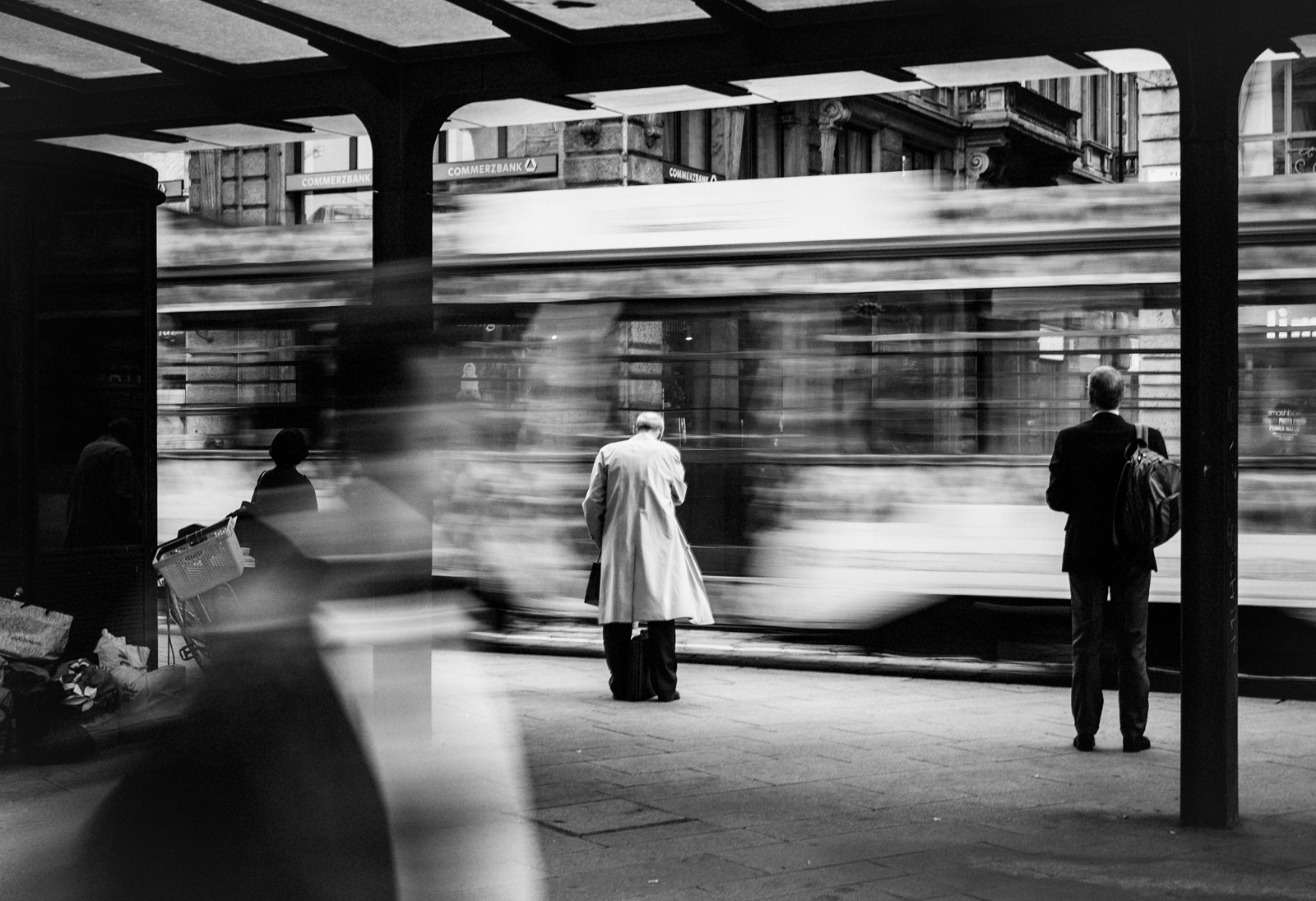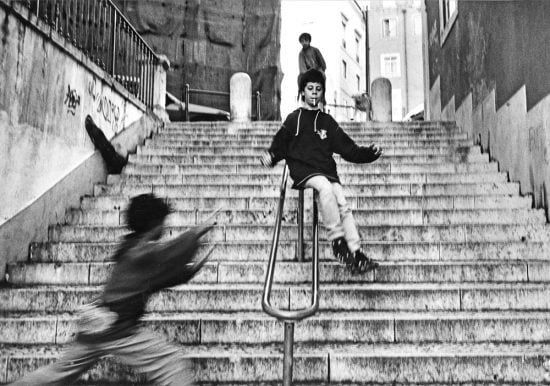The Basic Principles Of Street Photographers
The Basic Principles Of Street Photographers
Blog Article
Some Of Street Photographers
Table of ContentsStreet Photographers Fundamentals ExplainedStreet Photographers Fundamentals ExplainedIndicators on Street Photographers You Should KnowStreet Photographers - TruthsThings about Street Photographers
A category of photography that records everyday life in a public location. The actual publicness of the setup allows the professional photographer to take honest images of complete strangers, frequently without their understanding. Street digital photographers do not always have a social function in mind, but they favor to separate and capture moments which might otherwise go undetected (Street Photographers).He was affected by several of those who influenced the road digital photographers of the 1950s and '60s, he was not chiefly interested in capturing the spirit of the street. The impulse to visually record people in public started with 19th-century painters such as Edgar Degas, douard Manet, and Henri de Toulouse-Lautrec, that functioned side by side with professional photographers attempting to capture the significance of metropolitan life.
Because of the somewhat primitive technology available to him and the long exposure time required, he battled to capture the stress of the Paris streets. He try out a collection of photographic approaches, trying to find one that would permit him to capture movement without a blur, and he discovered some success with the calotype, patented in 1841 by William Henry Fox Talbot. In comparison to Atget, professional photographer Charles Marville was worked with by the city of Paris to create an encyclopaedic record of Haussmann's city planning project as it unravelled, hence old and brand-new Paris. While the professional photographers' subject was essentially the same, the outcomes were considerably different, showing the impact of the photographer's intent on the personality of the photos he generated.
Offered the fine high quality of his photographs and the breadth of product, designers and artists frequently purchased Atget's prints to utilize as referral for their very own work, though business interests were hardly his primary motivation. Instead, he was driven to photograph every last residue of the Paris he loved. The mingled interest and urgency of his mission luster through, leading to photographs that tell his own experience of the city, top qualities that prepared for street digital photography of the 20th century.
The Only Guide for Street Photographers
They reveal the city through his eyes. His job and basic understanding of photography as an art kind acted as motivation to generations of professional photographers that complied with. The future generation of road digital photographers, though they likely did not describe themselves because of this, was ushered in by the photojournalism of Hungarian-born digital photographer Andr Kertsz.
Unlike his peers, Brassa made use of a larger-format Voigtlnder electronic camera with a longer direct exposure time, forcing him to be a lot more computed and thoughtful in his practice than he might have been if using a Leica. (It is believed that he may not have been able to afford a Leica at that time, yet he did, nevertheless, use one in the late 1950s to take colour pictures.) Brassa's photographs of the Paris abyss illuminated by artificial light were a discovery, and the compilation of the collection that he released, (1933 ), was a major success.
Cartier-Bresson was a champion of the Leica cam and among the very first photographers to optimize its capacities. The Leica allowed the professional photographer to interact visit the website with the environments and to capture moments as they took place. Its relatively little size additionally assisted the digital photographer fade right into the history, which was Cartier-Bresson's recommended strategy.
Getting My Street Photographers To Work
It is due to the fact that of this basic understanding of the art of picture taking that he is commonly attributed with discovering the tool around once again approximately a century given that its invention. He took photos for more than a half century and affected generations of photographers to trust their eye and instinct in the minute.
These are the concerns I shall try to answer: And then I'll leave you with my very own definition of street important site photography. Yes, we do. Let's kick off with specifying what an interpretation is: According to (Street Photographers) it is: "The act of defining, or of making something guaranteed, distinctive, or clear"
No, certainly not. The term is both restricting and misinforming. Appears like a road photography should be pictures of a streets right?! And all road digital photographers, besides a tiny number of absolute newbies, will fully appreciate that a road is not the crucial component to road photography, and actually if it's a photo of a street with perhaps a few monotonous people doing absolutely nothing of rate of interest, that's not street photography that's a picture of a road.
The Street Photographers Ideas
He makes a valid point do not you think? While I agree with him I'm not sure "candid public photography" will certainly capture on (although I do kind of like the term "candid digital photography") due to the fact that "street photography" has actually been around for a lengthy time, with several masters' names affixed to it, so I think the term is right here to remain (Street Photographers).
Inside?! This Site I hear you yell as you tremble your fist to the sky. Why not? You can fire at the coastline, at a celebration, in an alley, in a park, in a piazza, in a cafe, at a museum or art gallery, in a city terminal, at an occasion, on a bridge, under a bridge ...

Not known Facts About Street Photographers

Report this page